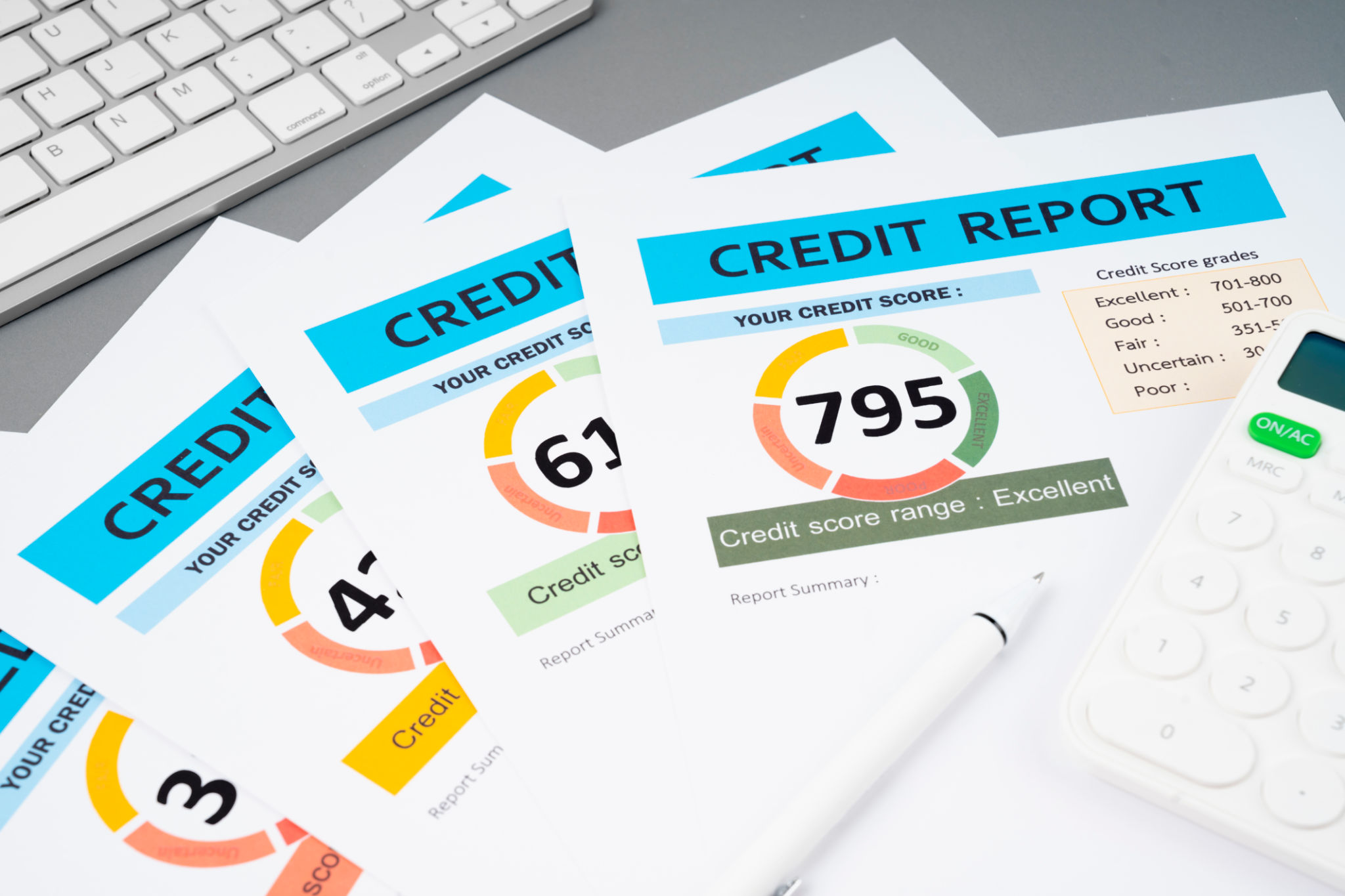Understanding the Mortgage Process: A Step-by-Step Guide for US Homebuyers
Introduction to the Mortgage Process
For many US homebuyers, understanding the mortgage process can be daunting. However, with the right information and guidance, navigating this crucial step toward homeownership becomes manageable. This guide breaks down the mortgage process into simple, actionable steps, ensuring you move forward with confidence.

Step 1: Determine Your Budget
Before diving into loan applications, it's essential to know your financial limits. Calculate how much you can afford by considering your current income, expenses, and any existing debts. Many lenders recommend that your monthly housing costs shouldn't exceed 28% of your gross monthly income. This preparation helps set realistic expectations for your home search.
Additionally, factor in the down payment, which is typically around 20% of the home's price. However, some loan programs offer lower down payment options. Exploring these options with a financial advisor can provide more clarity on what suits your financial situation best.
Step 2: Check Your Credit Score
Your credit score plays a significant role in the mortgage application process. A higher score can lead to better interest rates and loan terms. Obtain a copy of your credit report and check for any discrepancies that could lower your score. Addressing these issues upfront can save time and money in the long run.

Consider boosting your score by paying down existing debts or avoiding any new credit inquiries before applying for a mortgage. Lenders typically look for scores of 620 or higher for conventional loans, but options exist for those with lower scores.
Step 3: Get Pre-Approved
Obtaining a mortgage pre-approval letter from a lender is a crucial step in the home-buying process. This document not only outlines how much the lender is willing to lend you but also shows sellers that you're a serious buyer. To get pre-approved, you'll need to provide documentation such as proof of income, assets, and employment.
Pre-approval differs from pre-qualification, as it involves a more thorough check of your financial background. This step gives you a clearer picture of the loan amount you qualify for, helping you make informed decisions during your home search.

Step 4: Choose the Right Mortgage
The mortgage market offers various loan types, each with its own set of advantages and conditions. Common types include fixed-rate mortgages, adjustable-rate mortgages (ARMs), FHA loans, and VA loans. It's crucial to understand the specifics of each option to determine which is best suited for your financial situation.
A fixed-rate mortgage provides stability with consistent monthly payments, while ARMs may offer lower initial rates with potential adjustments over time. Consulting with a mortgage broker can help you navigate these options and select the best fit for your needs.
Step 5: Complete the Loan Application
Once you've chosen a lender and mortgage type, it's time to complete the loan application. This process involves providing detailed financial information and documentation to verify your eligibility. Be prepared to submit pay stubs, tax returns, bank statements, and other pertinent records.

Your lender will review this information and may request additional documents during this phase. Staying organized and responsive to these requests can help expedite the approval process.
Final Steps: Underwriting and Closing
During underwriting, the lender evaluates your loan application to ensure all criteria are met. This step involves a thorough examination of your financial history and an appraisal of the property's value. Once approved, you'll receive a loan commitment letter outlining the terms and conditions of your mortgage.
The final step is closing, where you'll sign all necessary paperwork, pay closing costs, and officially become a homeowner. Understanding what each document entails is vital, so don't hesitate to ask questions if anything is unclear during this process.

By following this step-by-step guide, you can navigate the mortgage process with greater ease and assurance. Remember that each step is an opportunity to make informed decisions that align with your financial goals and homeownership aspirations.
